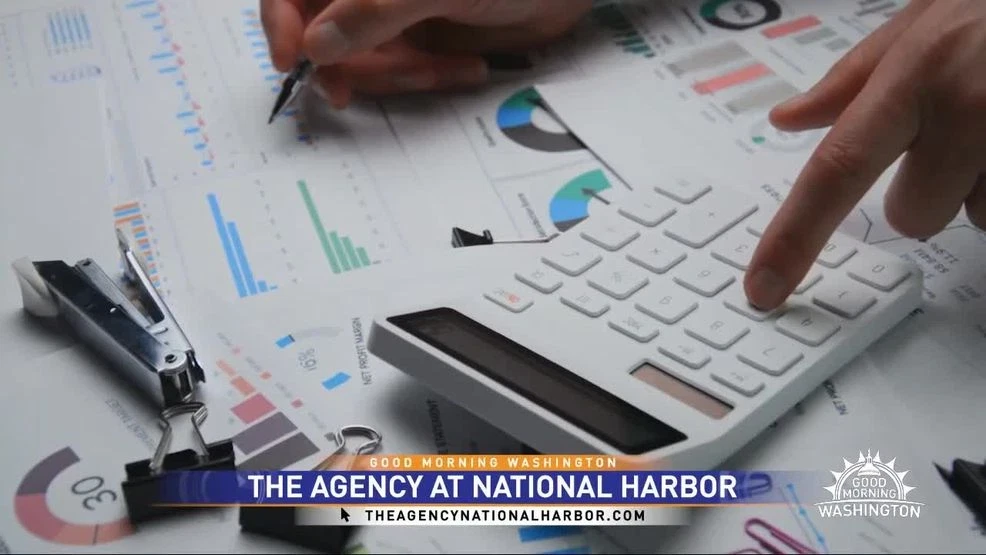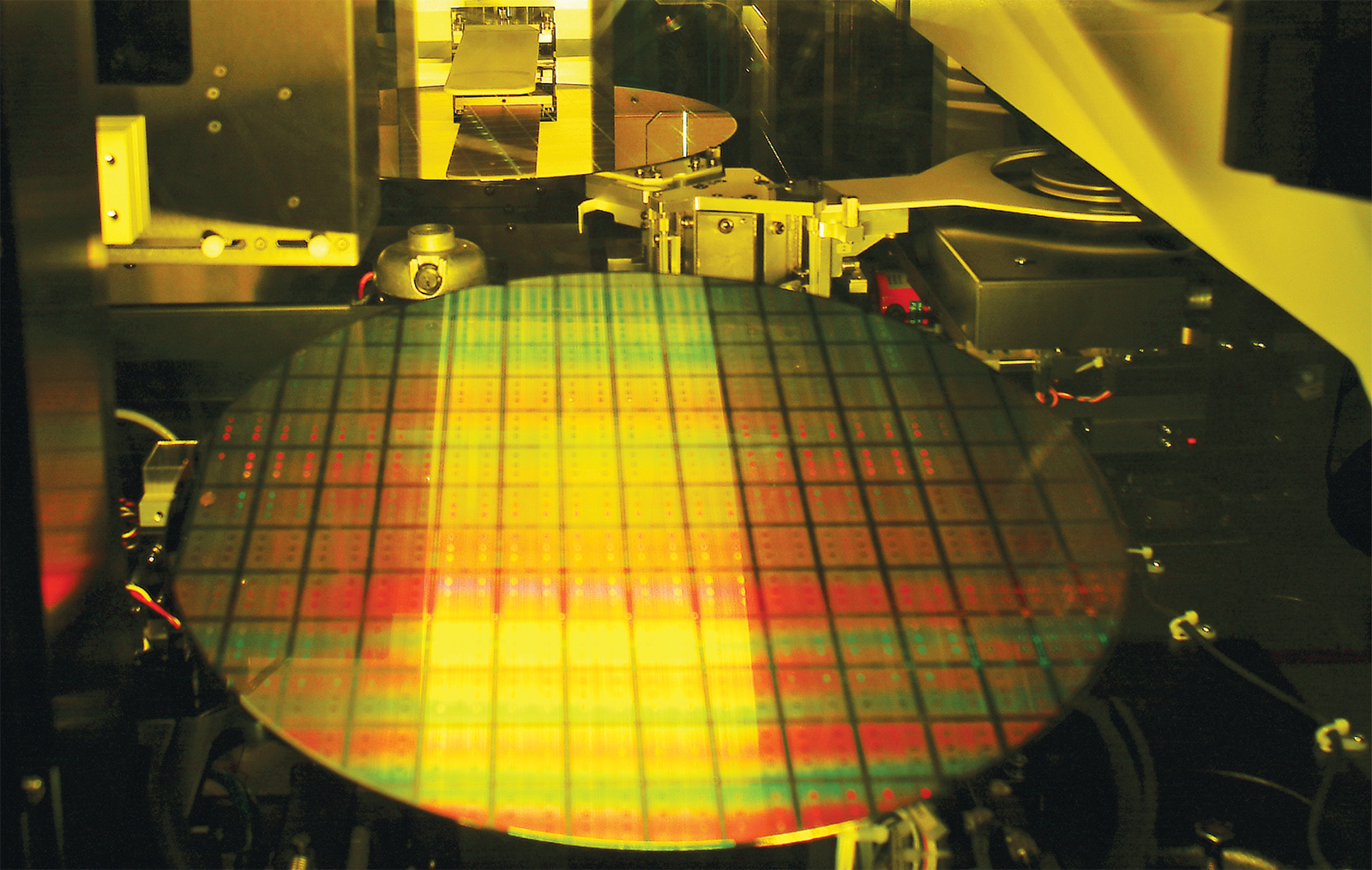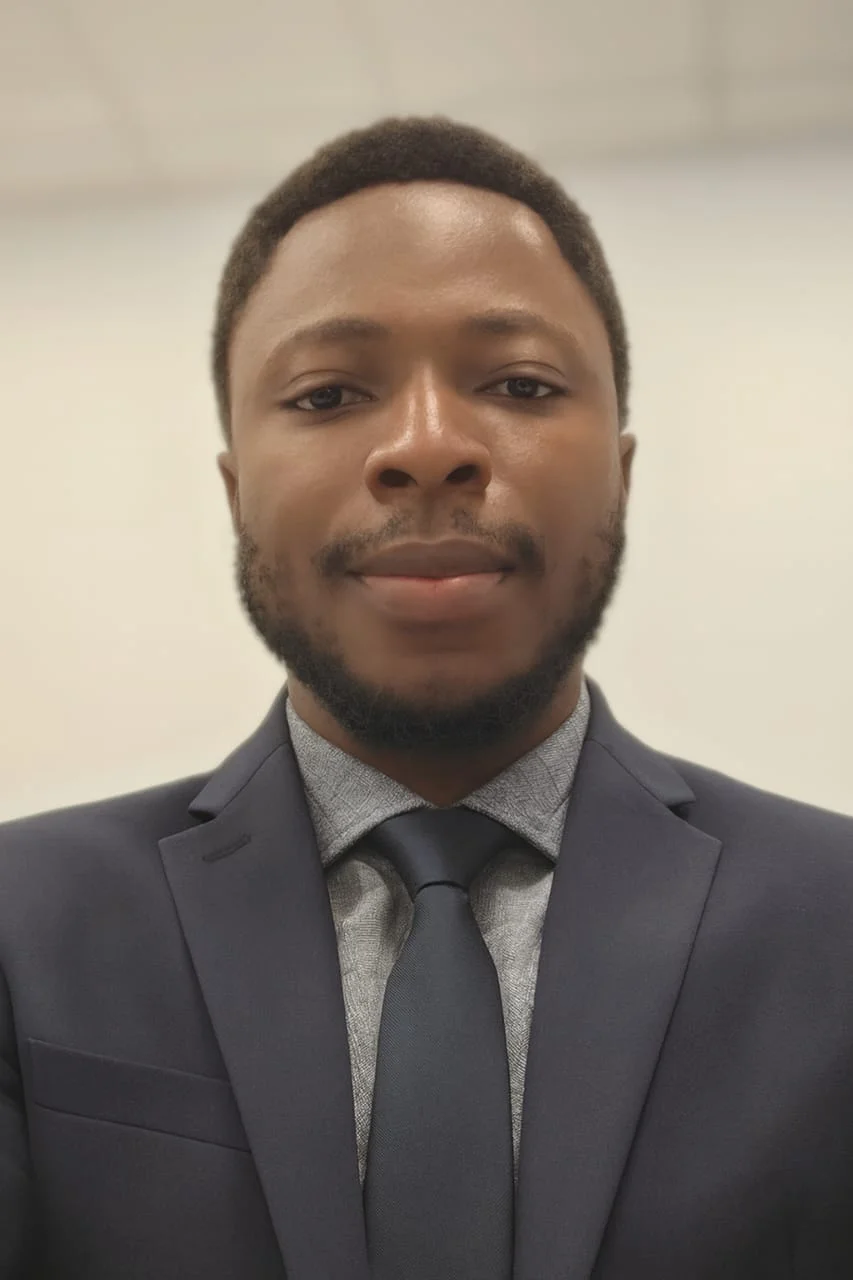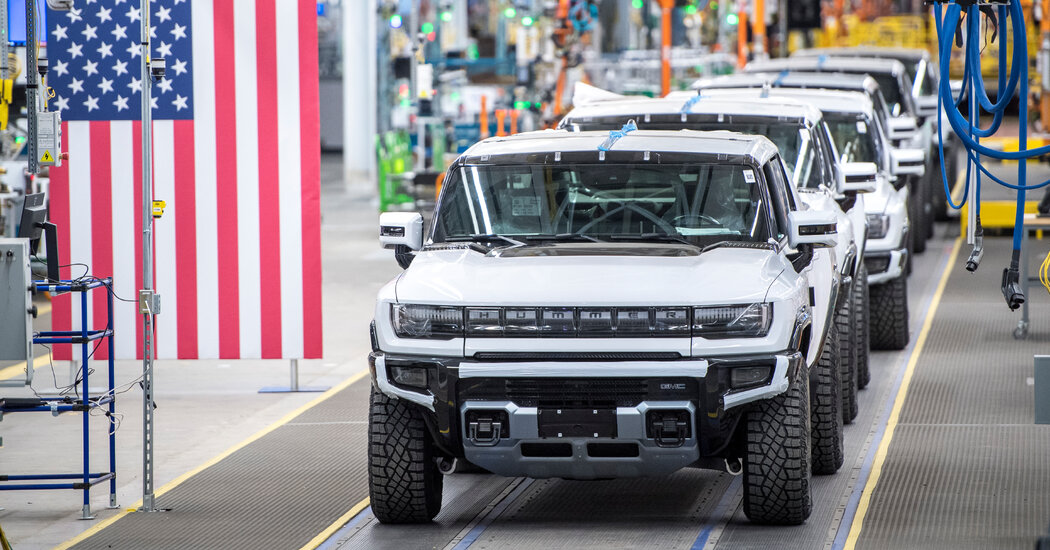Copyright timesnownews
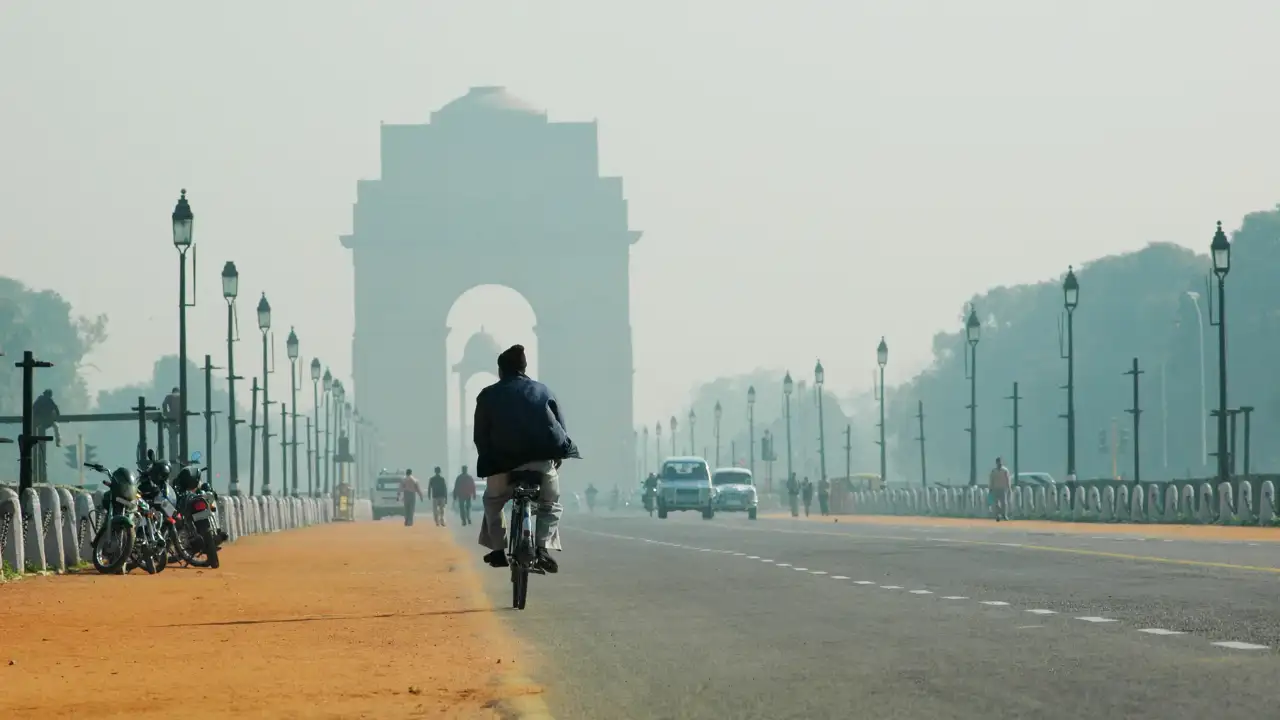
Delhi’s air pollution has reached a critical moment, and environmental expert Chandra Bhushan argues that the capital’s smog-soaked skies cannot be cleared with city-only policies. According to Bhushan, more than half of the pollutant burden in the national capital originates outside its administrative borders. He emphasises the need for a coordinated airshed strategy covering the 200–300 km region around Delhi, where pollution sources overlap and stray winds carry emissions into and out of the city. “You cannot solve Delhi’s air pollution in isolation,” Bhushan said, pointing out that even the most robust Delhi-only interventions will falter if neighbouring states don’t act. With seasonal crop-stubble burning, construction dust and industrial emissions feeding the haze, he said the current model of treating Delhi like an island of pollution simply doesn’t fit the science. Bhushan was particularly critical of bold political promises made by Delhi’s administrations: “Even the government knows they cannot deliver what they’re promising,” he noted, arguing that realistic solutions require inter-state cooperation and regional policy frameworks. He cited international examples, China, the US and Europe, where regional coordination and long-term investment, rather than quick fixes, produced cleaner air. “Environmental problems cannot be solved by shortcuts or on the cheap,” he said. In parallel to these calls for systemic reform, Delhi has embarked on a short-term intervention: cloud-seeding. On 28 October 2025, Indian Institute of Technology, Kanpur (IIT Kanpur) shared images of substances being released from flares attached to an aircraft as it flew in a cloudy sky. However, shortly after that a statement released from IIT Kanpur mentioned, "The cloud-seeding activity planned for today has been put on hold due to insufficient moisture in the clouds. The process is highly dependent on the right atmospheric conditions." Bhushan himself pointed out that such measures, while creative, cannot replace structural change: “You can’t treat a lung by cleaning one nostril.” The intervention highlights the urgency, but the core message remains: without tackling the root emissions regionally, Delhi’s air will continue to degrade. The logical route ahead Bhushan’s prescription for the pollution problem of Delhi is a legally binding regional airshed authority that pools resources, harmonises regulations across Delhi, Haryana, Punjab and Uttar Pradesh, and emphasizes source-control (industry, stubble burning, traffic) rather than reactive measures. Only when Delhi and its neighbouring states act in concert can the skies begin to clear — and children, elders and all residents finally breathe easier.
